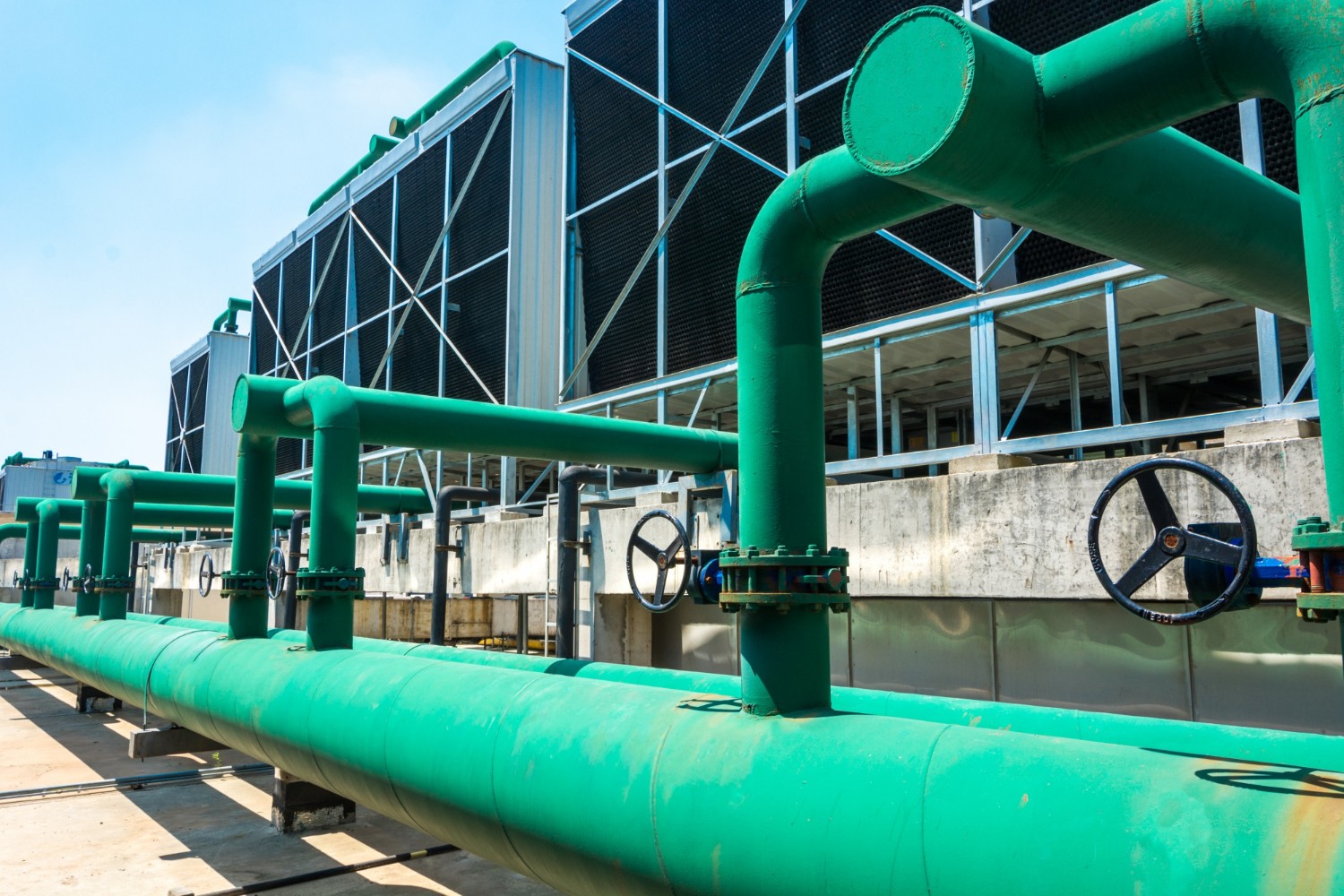The emergence of AI is changing our way of working
The advent of artificial intelligence (AI) is transforming the approach to resource consumption and management. One of the most impactful applications of AI in the utility sector lies within smart metering, presenting numerous advantages to utility providers and users alike. As a Resource Intelligent company, we strive to improve the efficiency, accuracy, and predictive capabilities of our products and services. This includes the implementation of AI in our offer.
The benefits
AI implementation has multiple advantages such as predictive maintenance, energy consumption forecasting, anomaly detection, and grid optimization. AI can help predict device or system failures before they occur by analyzing meter data and identifying patterns that suggest a failure may be imminent. This allows utilities to address issues proactively, reducing downtime and saving costs. AI algorithms can also analyze past and real-time consumption data to forecast future usage patterns. This helps utility companies manage their resources more efficiently and implement dynamic pricing strategies.
Furthermore, AI can be used to detect abnormal consumption patterns which could indicate leaks or faulty equipment. Early detection of these issues can lead to significant cost savings and prevent larger problems. In the context of electricity meters, AI can help optimize the distribution of power within the grid, balancing supply and demand in real-time, and incorporating renewable sources effectively. And finally, AI can enable more personalized interactions with customers, such as customized energy-saving recommendations based on their specific usage patterns.
The AI-powered Mímir
With the Mímir Cloud Platform and Waltero’s first-class competence in machine learning, top-class AI can be brought to your existing SCADA systems. Mímir can collect a wide range of generally available data such as weather data, calendar data, etc, and merge these with company-specific data to build up a model that is considered normal. Any deviations out of this normal can be analyzed and signals sent via the Mímir Cloud API. Thereby the existing SCADA only needs to decide what to do with the signals. For example, updating price lists, ordering new parts, or forwarding warnings to the end customer. This results in collecting the benefits of digitalization at lower costs, while at a higher pace.
The landscape of smart metering systems and Waltero’s positioning
As the landscape of smart metering systems continues to evolve, it’s essential to evaluate the use of AI by various industry players critically. Despite the diversity of approaches and applications of AI, not all solutions offer the same depth of integration or flexibility for utilities.
Certain competitors may leverage AI to predict energy demand, an essential aspect of managing resources. However, this capability is only one component of a holistic AI approach. Similarly, some industry participants utilize AI to analyze meter data for predictive maintenance and outage detection, but the effectiveness of these insights can vary, and the approach is often singular in focus, lacking a broader perspective.
Several companies also offer analysis of water, electric, and gas usage data through AI. While beneficial, these insights primarily support resource management and customer service, without a comprehensive view of the entire smart metering system. Then, some entities aggregate data from millions of smart meters to optimize grid operations and forecast demand. But again, their specialty lies in software solutions, leaving the physical smart metering hardware out of the equation.
Contrarily, the Waltero solution integrates AI across the entire smart metering system, making it more versatile and comprehensive. Rather than focusing on a singular aspect, Waltero adopts a broad perspective that ensures all parts of the system benefit from AI. This approach allows seamless integration with various existing systems, ensuring flexibility and adaptability. Utilities are not locked into using a single supplier for all their needs, which can lead to potential limitations and dependencies.
Conclusion
Ultimately, the Waltero solution offers an all-encompassing, AI-driven approach to smart metering systems that provides the depth, flexibility, and efficiency that utilities need in the modern world. Waltero’s comprehensive understanding of the possibilities AI offers, matched with a flexible integration model, undoubtedly places the solution many steps ahead in the competitive landscape.

